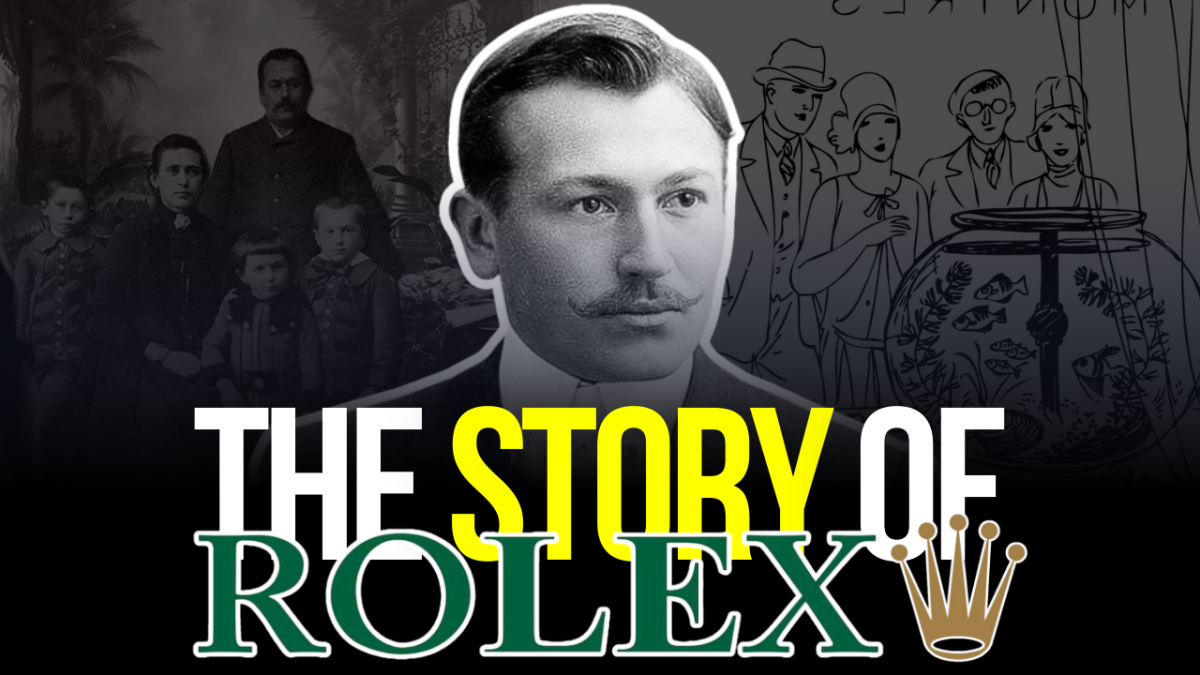The complete history of Rolex represents one of the most remarkable transformations in luxury manufacturing. From its humble beginnings as a London-based watch distribution company in 1905, Rolex evolved into the world’s most recognizable luxury timepiece brand. Moreover, this transformation involved revolutionary innovations, strategic marketing genius, and an unwavering commitment to precision that redefined the entire watchmaking industry.
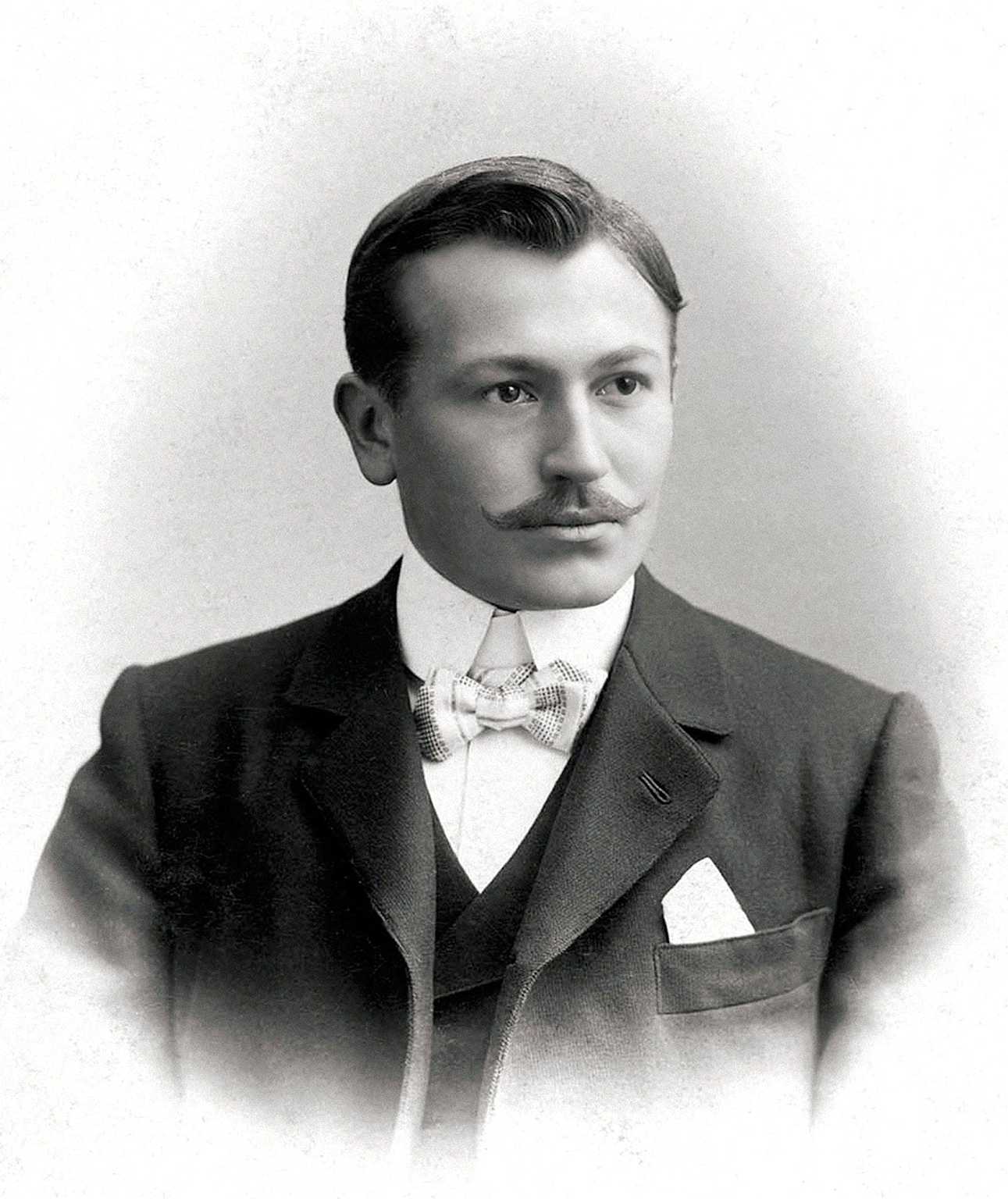
The Founding Vision: Hans Wilsdorf’s Revolutionary Dream (1905-1919)
Early Beginnings in London
Hans Wilsdorf founded Wilsdorf & Davis in London during 1905, partnering with his brother-in-law Alfred Davis. Furthermore, this 24-year-old German entrepreneur possessed an extraordinary vision that would reshape timekeeping forever. At that time, wristwatches were considered unreliable fashion accessories, while pocket watches dominated the market.
However, Wilsdorf foresaw wristwatches becoming both elegant and dependable timepieces. Additionally, he established crucial partnerships with Hermann Aegler in Bienne, Switzerland, who manufactured precise small movements for his revolutionary concept. This collaboration became the foundation for future horological excellence.
The Birth of the Rolex Name
In 1908, Wilsdorf registered the trademark “Rolex,” carefully selecting a name that was short, memorable, and easily pronounceable in any language. Remarkably, he conceived this name while riding a London omnibus along Cheapside, where inspiration struck like lightning. Subsequently, this simple yet powerful brand name would become synonymous with luxury and precision worldwide.
The early Rolex Oyster case innovation emerged from Wilsdorf’s determination to prove wristwatch reliability. Consequently, by 1910, Rolex achieved a historic milestone by receiving the world’s first Swiss Certificate of Chronometric Precision for a wristwatch. This achievement silenced critics who doubted wristwatch accuracy.
Strategic Relocation to Switzerland
Following World War I, Wilsdorf made a pivotal decision to relocate Rolex headquarters from London to Geneva, Switzerland in 1919. Primarily, this move was driven by heavy post-war taxes on luxury imports and export duties on precious metals used in watch cases. Therefore, this strategic relocation positioned Rolex at the heart of Swiss watchmaking excellence.
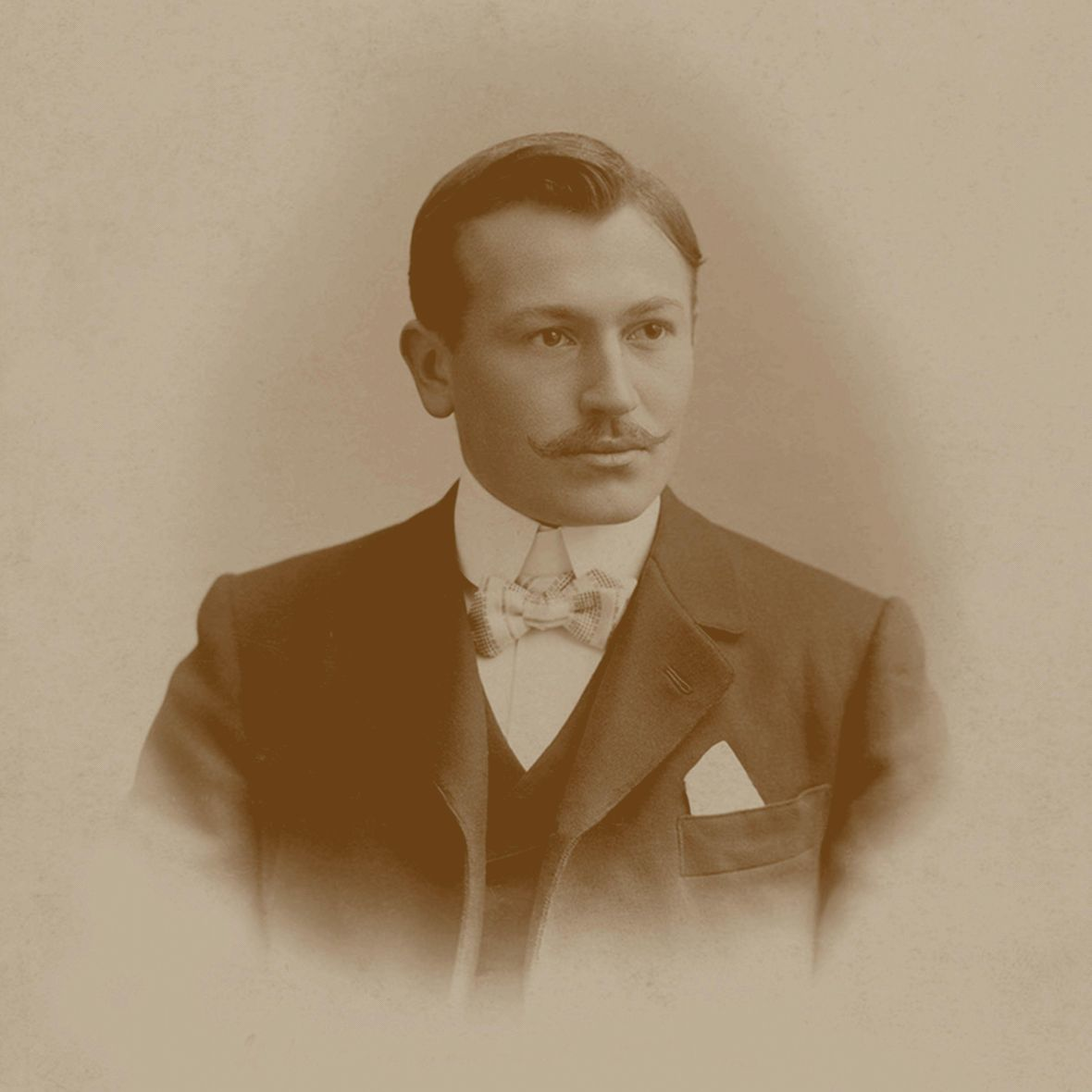
Breakthrough Innovations: Engineering the Future (1926-1945)
The Revolutionary Oyster Case
Rolex introduced its groundbreaking Oyster case in 1926, creating the world’s first waterproof wristwatch case. Importantly, this innovation featured a patented three-piece design where the bezel, crystal, and caseback screwed into the middle case, creating hermetic sealing. Additionally, the revolutionary screw-down crown system prevented water ingress, solving watchmaking’s greatest challenge.
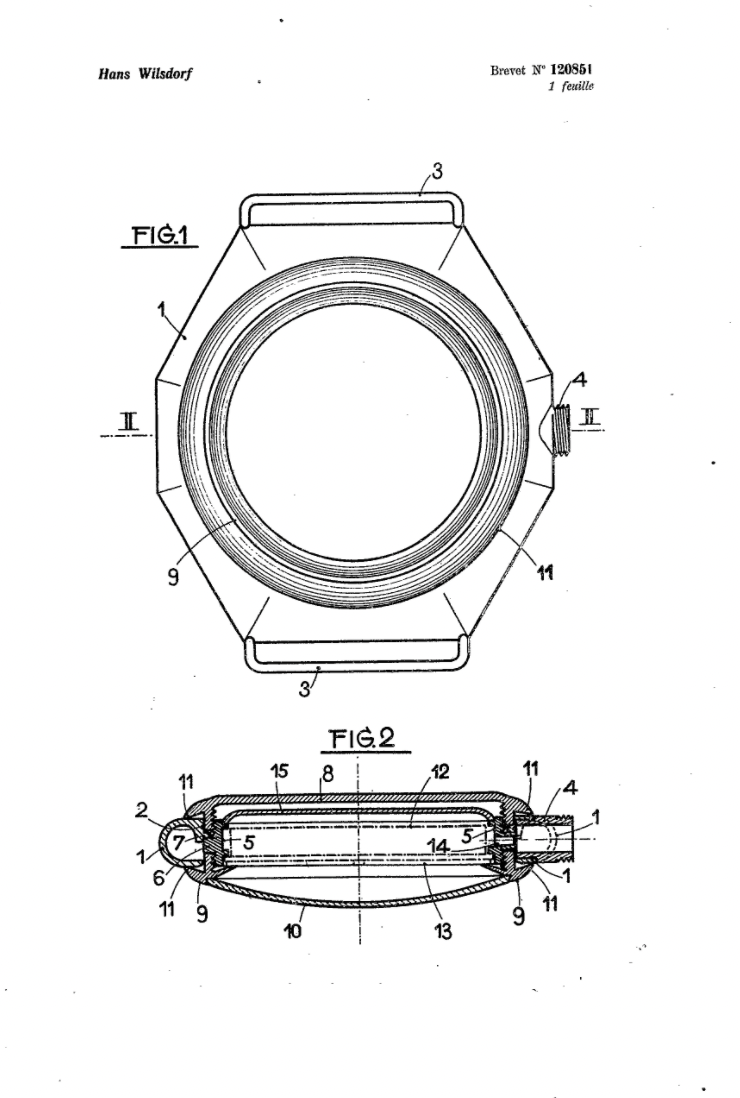
Mercedes Gleitze’s English Channel swim in 1927 became Rolex’s masterstroke of marketing genius. Significantly, she wore a Rolex Oyster during her 15-hour vindication swim, and the watch emerged in perfect working condition. Subsequently, Rolex purchased the front page of London’s Daily Mail to announce this remarkable achievement, establishing the brand’s reputation for reliability under extreme conditions.
The Perpetual Rotor Revolution
In 1931, Rolex patented the Perpetual rotor, the world’s first self-winding mechanism with a freely rotating weight. Furthermore, this ingenious system captured energy from even the slightest wrist movements, continuously winding the mainspring. The half-moon-shaped oscillating weight pivoted silently on its axis, driven by Earth’s gravity.
Initially, these automatic movements required thicker cases, creating the famous “Bubbleback” watches between 1933 and 1955. However, by 1950, Rolex developed the caliber 1030, the first dedicated self-winding movement featuring the iconic red anodized aluminum reversing wheels. These innovations allowed bidirectional winding for increased efficiency.
Professional Tool Watches: Conquering Every Environment (1950s-1960s)
The Submariner: Diving into History
Rolex launched the Submariner in 1953, establishing the template for professional dive watches. Initially, the reference 6204 featured a 37mm steel Oyster case, black dial with luminous markers, and unidirectional rotating bezel. Moreover, it achieved 100-meter water resistance, surpassing competitors like the Blancpain Fifty Fathoms.
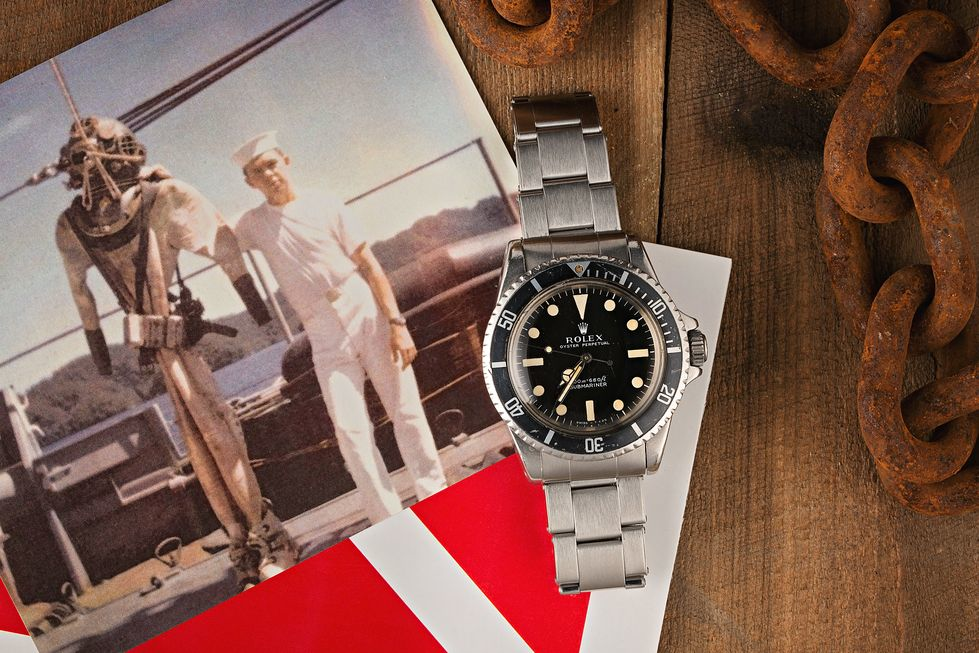
René-Paul Jeanneret, a Rolex board member and passionate diver, drove the Submariner’s development through his relationship with Jacques-Yves Cousteau. Subsequently, this collaboration resulted in a timepiece that seamlessly blended professional functionality with elegant design, making it suitable for both underwater exploration and formal occasions.
The GMT-Master: Aviation’s Timekeeping Revolution
Pan American Airways approached Rolex in 1953, requesting a watch capable of displaying two time zones simultaneously for their pilots. Consequently, Rolex developed the GMT-Master reference 6542, introducing it in 1954 with a revolutionary 24-hour hand and bidirectional rotating bezel.
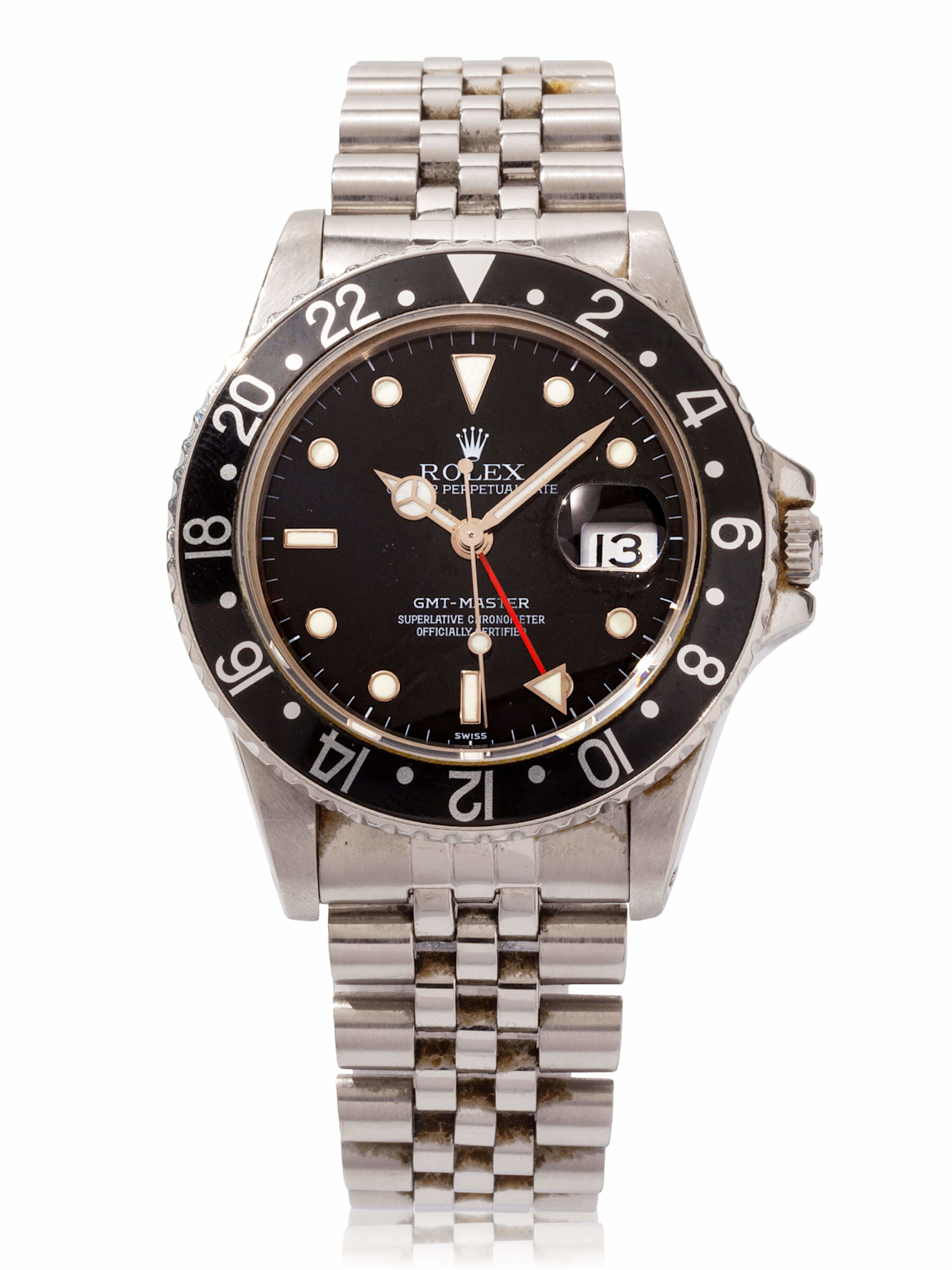
The GMT-Master’s distinctive red and blue “Pepsi” bezel divided day and night hours, while the 24-hour hand tracked Greenwich Mean Time. Furthermore, this innovation addressed the complexities pilots faced managing multiple time zones during the golden age of commercial aviation. The collaboration with Pan Am established Rolex’s reputation in professional aviation circles.
Explorer and Daytona: Excellence in Every Field
Following Sir Edmund Hillary and Tenzing Norgay’s Mount Everest conquest in 1953, Rolex introduced the Explorer to commemorate this historic achievement. Additionally, the brand launched the Daytona in the 1960s, revolutionizing motorsport timing with its chronograph functionality and tachymeter bezel.
Marketing Mastery: Building the Crown’s Reputation (1920s-Present)
Sports Partnerships and Sponsorships
Rolex pioneered sports sponsorship, beginning with Malcolm Campbell’s land speed record attempts in 1933. Remarkably, Campbell achieved 272.46 mph at Daytona Beach while wearing a Rolex Oyster, demonstrating the watch’s precision under extreme conditions. This achievement launched Rolex’s enduring relationship with motorsports.
The brand strategically expanded into prestigious sporting events, becoming official timekeeper for Wimbledon, the Masters Tournament, and Formula 1 racing. Moreover, Rolex’s partnerships with individual sports like tennis allowed sponsored athletes to stand out more compared to team sports. This approach proved particularly effective in women’s sports, where Rolex observed nine times higher engagement from female sports fans.
Celebrity Endorsements and Cultural Impact
Rolex’s celebrity partnerships transcended traditional advertising, creating authentic connections between the brand and human achievement. Furthermore, tennis legend Roger Federer became one of Rolex’s most prominent ambassadors, wearing his Datejust II during his historic 2009 Wimbledon victory. These partnerships reinforced Rolex’s association with excellence and precision.
The brand’s advertising evolution during the 1960s proved transformative, working with J. Walter Thompson agency to shift focus from technical features to personal excellence and heroism. Consequently, campaigns featured variations of “If you were here tomorrow… you’d wear a Rolex,” connecting the brand with aspirational adventures.
Collectibility and Auction Records: The Ultimate Status Symbol
The Paul Newman Daytona Phenomenon
Paul Newman’s personal Rolex Daytona reference 6239 became the most expensive wristwatch ever sold at auction, achieving $17.75 million in 2017. Significantly, this watch originally cost approximately $200 when new, representing an extraordinary appreciation in value. The sale established new benchmarks for collectible timepieces and demonstrated Rolex’s investment potential.
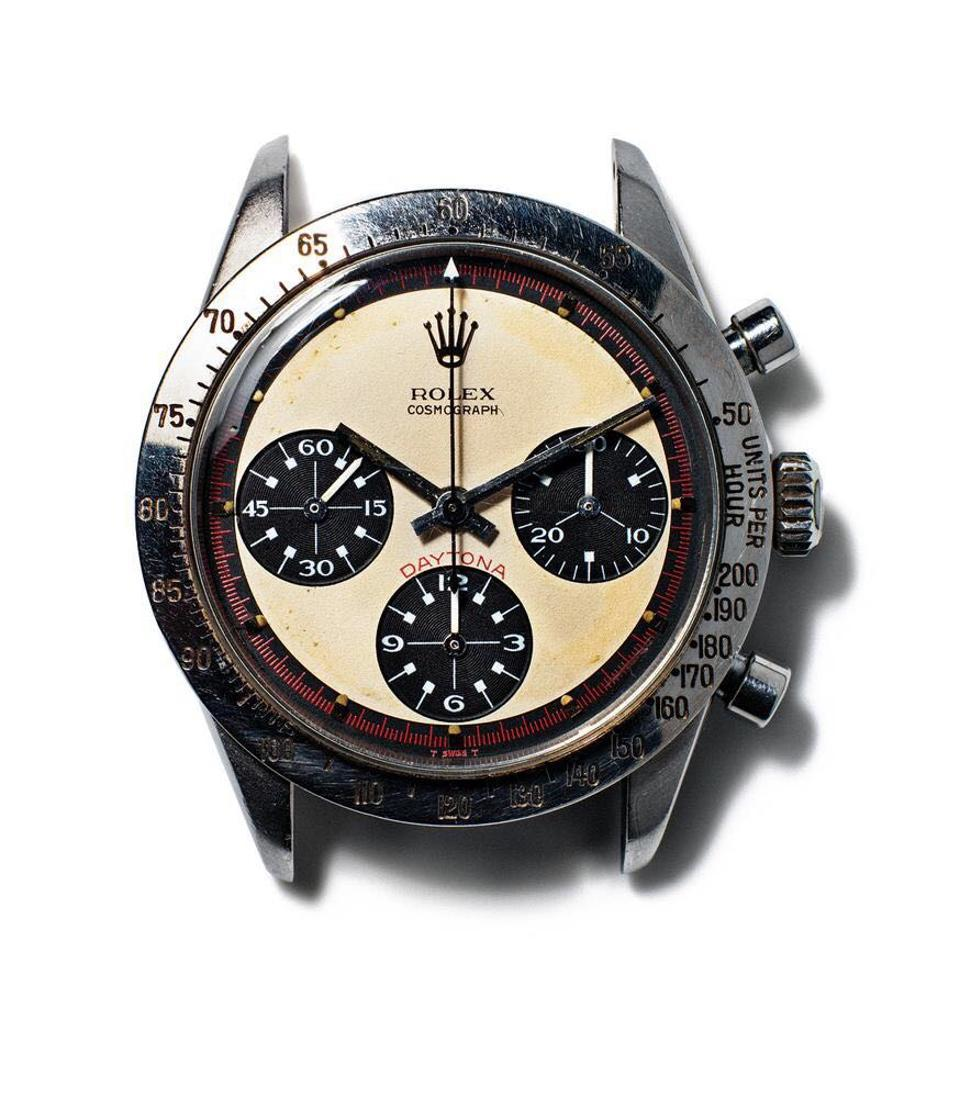
Paul Newman Daytona watches, characterized by their distinctive dial designs and art deco-inspired aesthetics, command extraordinary prices at auction. Furthermore, only 2,000 to 3,000 examples of these rare dials exist worldwide, making them among the most sought-after collectible timepieces. These watches represent the intersection of Hollywood glamour, motorsport heritage, and horological excellence.
Vintage Rolex Investment Performance
Iconic Rolex models consistently appreciate in value, with vintage Submariners, GMT-Masters, and Daytonas leading auction markets. Additionally, factors such as condition, provenance, and dial variations significantly influence collectibility and pricing. The vintage Rolex market demonstrates the brand’s enduring appeal among collectors and investors worldwide.
Modern Manufacturing Excellence: Swiss Precision Perfected
Vertical Integration and Quality Control
Today’s Rolex operates as one of the world’s most vertically integrated luxury manufacturers, producing nearly every component in-house. Furthermore, the company maintains four Swiss facilities: headquarters in Geneva Acacias, case and bracelet production in Plan-Les-Ouates, movement manufacturing in Bienne, and dial production in Chêne-Bourg.
Despite producing approximately one million watches annually, Rolex maintains hand-assembly traditions for critical components. Moreover, skilled watchmakers personally set hands and align intricate parts, ensuring precision and quality standards. This combination of advanced machinery and human craftsmanship creates timepieces of exceptional reliability.
Materials Innovation and Sustainability
Rolex exclusively uses 904L stainless steel, a superior grade typically reserved for aerospace applications. Additionally, the brand operates its own foundry, creating proprietary gold alloys including yellow gold, white gold, and Everose gold. These materials innovations ensure superior corrosion resistance and maintain polished finishes over decades of wear.
The company’s research and development laboratories continuously advance manufacturing techniques through chemistry studies, electron microscope analysis, and rigorous stress testing. Furthermore, Rolex implements stringent security measures, storing valuable components in underground vaults accessible only through biometric verification.
Global Cultural Status: The Crown of Achievement
Celebrity and Political Influence
Rolex as cultural icon extends far beyond watchmaking, appearing in countless films, television shows, and music videos. Notable wearers include President Barack Obama with his Cellini, Martin Luther King Jr. with his gold Datejust, and Tiger Woods with his Sea-Dweller Deepsea. These associations reinforce Rolex’s status as a symbol of success and achievement across diverse fields.
The brand’s presence in James Bond films, particularly Sean Connery’s Submariner in early movies, cemented its connection with adventure and sophistication. Moreover, Rolex’s involvement in historic explorations, from Mount Everest summits to Mariana Trench dives, creates emotional connections with those aspiring to push human boundaries.
Luxury Watch Investment History and Market Position
Rolex maintains dominant market position through selective distribution and high-profile partnerships across golf, yachting, motorsports, and equestrian events. Furthermore, the brand’s association with excellence and achievement creates powerful psychological and aspirational impact transcending cultural boundaries. This universal appeal establishes Rolex as the ultimate status symbol for success and accomplishment.
Conclusion: A Legacy of Timeless Innovation
The complete history of Rolex reveals an extraordinary journey from Hans Wilsdorf’s ambitious vision to global luxury dominance. Through revolutionary innovations like the Oyster case and Perpetual rotor, strategic marketing partnerships, and unwavering commitment to quality, Rolex transformed from a small London distribution company into the world’s most prestigious watch manufacturer.
Today, Rolex continues honoring Wilsdorf’s original vision while embracing modern manufacturing excellence and cultural relevance. Furthermore, the brand’s combination of technical innovation, celebrity associations, and collectible appeal ensures its position as horology’s ultimate achievement symbol. From professional tool watches to auction record-setters, Rolex remains the crown jewel of luxury timepieces, representing success, precision, and enduring excellence across generations.
I
